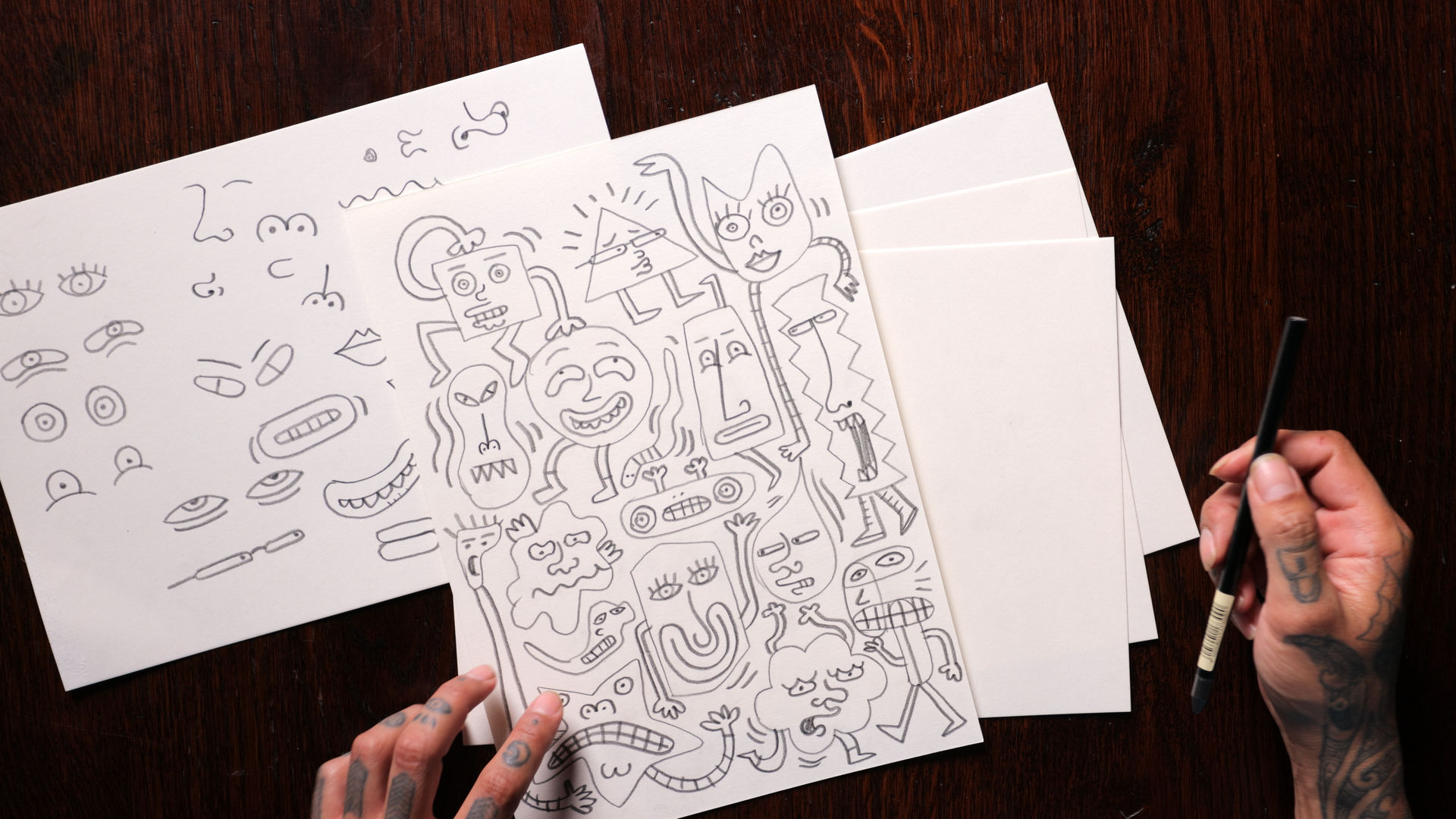Creativity, Innovation and Growth


What does it feel like to consider future generations and how they might thrive? How can we creatively innovate now to meaningfully support the people who live here now, and also support our children living better lives?
The week of 15-21 April is a fascinating week. Starting with World Art Day on the 15th, this day is to: “help reinforce the links between artistic creations and society, encourage greater awareness of the diversity of artistic expressions and highlight the contribution of artists to sustainable development. It is also an occasion to shine a light on arts education in schools, as culture can pave the way for inclusive and equitable education.”
Then we finish the week on April 21st with World Creativity and Innovation Day, where this is about exploring the connection between creativity, sustainable development, and how that relates to innovation and growth. On World Creativity and Innovation day, “the world is invited to embrace the idea that innovation is essential for harnessing the economic potential of nations.”
We know the value that these things bring to our modern societies. In fact, we have gathered a growing choir of diverse community voices who want to see this region embrace creativity as part of our innovative collective future. This is something that connects with every person – even if we may not realise it.
“Creativity is what makes the world go ’round. And don’t just take our word for it—look around you: Everything around you is a product of creative minds thinking differently, challenging the norm, taking risks and learning from trial and error. Everything you do can be a creative act.”
– World Creativity and Innovation Week
A choice to proactively allocate time, resources, investment, to the spaces, places, and activities that we have around us. And from that focus the benefits become wide reaching.
For people to have a fulfilling life, that must include having places to go, things to see, and events to engage with. This happens in parks and libraries and theatres and museums and spaces to connect with other people to share food, conversations and experiences. This also happens through investment in soft infrastructure and the people who contribute to activating spaces.
So, if we want growth, it is important that our governments invest in these areas in order for our towns and cities to grow well.
Travelling overseas often provides insights to the ways other communities make decisions about what they prioritise. This can be seen in how European and Asian countries seem built around powerful expressions of art, culture and creativity. The way places like the UNESCO Cities of Culture actively choose to prioritise and invest in creative places, organisations and activities as core parts of the identity, culture and unique engagement potential of that place. This drives economic outcomes alongside social and cultural impacts.
There are always discussions of scale and scope to be considered, but it would be great to see that kind of vision locally as part of how we grow well. The way we prioritise a sense of place, create a space for local development, invest in people, and recognise the significant impact across all measures (including economic) that these decisions can have for current and future generations.
We know that investment in soft infrastructure – the people and organisations that make things happen in our communities, people can thrive. We know that regular engagement with arts, culture and creativity has positive impacts on wellbeing.
We know that access to creative activities in local communities has a measurable impact on wellbeing. We know that in times of need engagement with creative experiences can reduce stress, strengthen community connection, and enhance mental health.
We also know that people who are well and thriving tend to be more productive, more engaged in the community and family, and make positive contributions to the world around them. So as we continue to move forward into uncertain times, proactively supporting and engaging in creative activities will have measurable benefits.
Creativity thrives in artistic settings, but also contributes to problem-solving in the context of economic, social, environmental and cultural development. Creativity is an essential skill for the modern workplace, is a driver of innovative outcomes, and is an area of focus for many leading international companies.
This of course exists in the creative economy itself with significant growth in contribution to local employment, GDP, and international engagement. But it also reaches into other sectors with connections to tourism, technology, education, health, entrepreneurship and beyond. Creativity can be a core component of effective leadership and help to shape the future of work. But this is often not prioritised in the workplace, and people have forgotten how to engage their creativity. There are ways to support this in local workplaces.
We must collectively decide that investment in creativity is a priority. This means:
Creative Waikato has a range of resources to support this type of development. Whether from strategic visions, to research and insights, to infrastructure plans, and resources for development and education, all these things are available.
And perhaps most importantly for everyone looking to take an initial first step today, check out ‘Creativity Every Day’. This is an immediate pathway to celebrating creativity and innovation in your own life. Build your creative habit today and see how that positively influences the rest of your week.